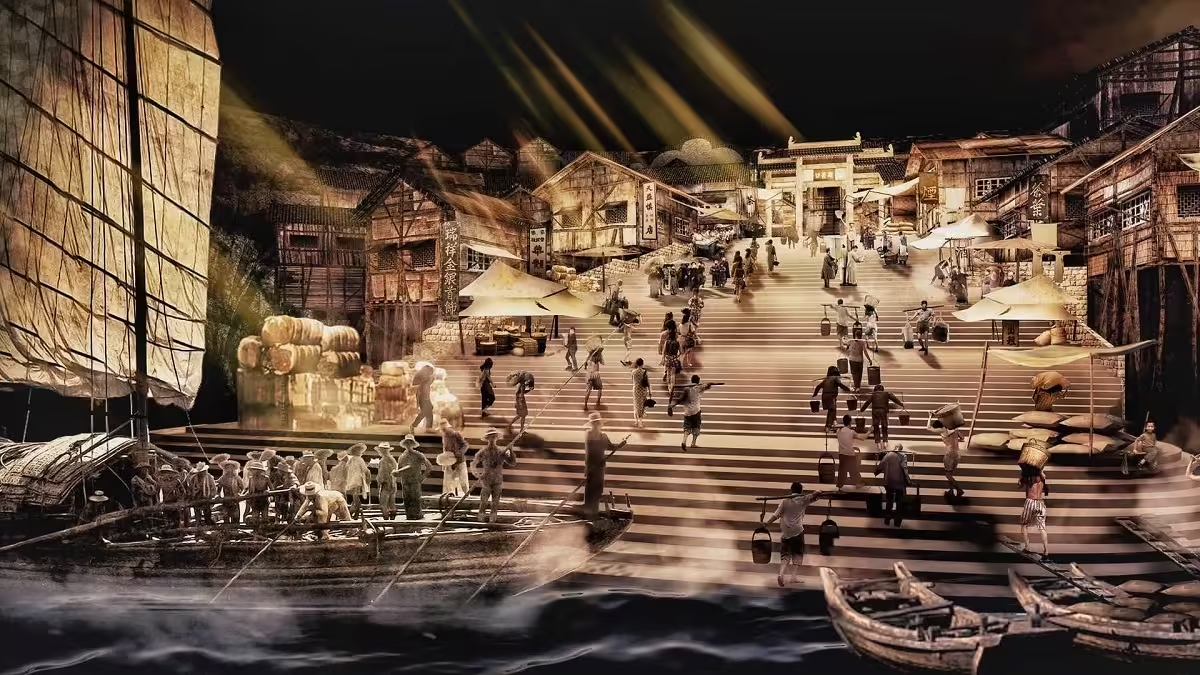In November 1937, as the war intensified, the Nationalist Government decided to relocate from Nanjing to Chongqing. By September 1940, Chongqing was officially designated as the wartime capital, serving this role until the end of World War II in 1945. At that time, it became the de facto capital of the Nationalist Government and played a crucial role in the war against Japan.
With the outbreak of the Pacific War, the Allied Command for the China Theater was established in Chongqing on January 21, 1942. This command was responsible for coordinating Allied military operations across China, Vietnam, Myanmar, Malaysia, and beyond. During the war, Chongqing became a bustling hub of international diplomacy, hosting embassies from over 30 nations, including the Soviet Union, the United States, and the United Kingdom. More than 40 countries and regions established foreign affairs institutions in Chongqing, along with various international organizations focused on the anti-Fascist struggle and cultural exchanges, elevating the city’s status as an important player on the world stage.
Chongqing during the war was also significant as a political platform for the cooperation between the Chinese Nationalist Party and the Communist Party, fostering a united front against Japanese aggression. The remnants of the wartime capital, known as the “陪都” (peidu, or temporary capital), have left an indelible mark on Chongqing’s cultural landscape today.
According to records, Chongqing boasts 767 war relics, with 395 of these historical sites preserved to this day. These sites serve as a testament to history and embody the resilience of the Chinese people. Notable locations include the Liberation Monument, the War of Resistance Memorial Museum, the site of the Great Bombing Incident, the Old Site of the National Consultative Conference, and the headquarters of the China Defense Alliance. Each of these places offers a unique opportunity to revisit the wartime history and honor the sacrifices made during this tumultuous period.

